Wet or soggy espresso puck?
Fix it fast: Adjust your grind coarser, dose coffee accurately with a scale, and tamp evenly—not too hard, or upgrade to a machine with a 3-way solenoid valve.
Does it matter? Sometimes yes, sometimes no. Read on to learn when to worry (and when not to) about a wet coffee puck.
If you want cleaner, drier pucks, use an espresso machine with a three-way solenoid valve—like HiBREW’s H10 Plus or H7B—which releases pressure and draws out excess water after brewing for a cleaner knock-out.
What Is a Wet or Soggy Puck?
A wet puck in espresso brewing is when the used coffee grounds left in your portafilter after extraction are soft, soggy, or have visible water on top, instead of being dry and firm. This makes the puck messy and harder to knock out.
This is a common sight for many home baristas—especially those just starting out.
While it can look messy, it’s important to know that a soggy puck is not always a sign of a brewing mistake.

Does a Wet Puck Affect Espresso Quality?
Many espresso enthusiasts wonder: does a wet puck always mean my espresso is bad? The answer is no.
The dryness of your puck is not a direct indicator of espresso quality.
In fact, we've pulled excellent shots and still ended up with a wet puck, or got a bad shot with a clean, perfectly dry puck.
What matters most is the taste, aroma, and texture of your espresso in the cup—not the appearance of the leftover grounds.

When to Worry (and When Not To)
A wet puck is usually nothing to worry about if your espresso tastes great. However, if you notice persistent puddles, uneven extractions, or channeling (where water finds a path of least resistance through the puck), it may be time to revisit your grind size, dose, or tamping technique.
Main Causes of Wet Espresso Pucks
Understanding why you get a wet puck can help you troubleshoot and improve your brewing process. Here are the most common reasons:
1. Grind Size Too Fine
If your coffee grind is too fine, water struggles to pass through the puck, resulting in excess water left behind. This not only makes the coffee bed soggy but can also lead to over-extraction and bitterness.
Check our previous post if you want to know more about dialing in the espresso grind size.
2. Overdosing
Using too much coffee in your portafilter basket blocks water flow and increases pressure, trapping water in the puck.
A simple trick is to dose so that, after tamping, there’s a small gap between the coffee and the shower screen. Check your espresso basket—usually the manufacturer prints the recommended coffee dose on the wall.
3. Tamping Too Hard
Applying too much pressure when tamping can compact the grounds excessively, making it harder for water to flow through and increasing the likelihood of a wet puck.
4. Pressurized Baskets
Pressurized or dual-wall baskets are designed to help with pre-ground coffee, but they often result in wetter pucks compared to non-pressurized baskets. Also, non-pressurize baskets tend to have better espresso extraction.
5. Leaving the Portafilter in the Group Head
Leaving the portafilter in the group head after brewing can cause extra water to drip onto the puck and make it soggier—especially on machines without a three-way solenoid valve. Without this valve, pressure and water aren’t released immediately, so the puck continues to absorb moisture until you remove the portafilter.
6. Underdosing
When you use powder for just a cup with water for double shots, it's referred to as underdosing. There is an excess of water during underdosing, so undoubtedly the puck becomes wet.
How to Fix a Soggy Puck: Practical Tips
You can achieve a drier puck and cleaner workflow by making a few adjustments:
- Adjust Grind Size: Try a slightly coarser grind to improve water flow and reduce excess moisture.
- Check Your Dose: Use the recommended dose for your portafilter basket. After tamping, there should be a small gap to avoid compacting the puck against the shower screen.
- Tamp Consistently: Use firm, even pressure—about 15–30 pounds of force is ideal. Avoid excessive force.
- Switch Baskets if Needed: If you’re using fresh coffee, consider switching to a non-pressurized basket for better extraction and drier pucks.

Can a 3-way Solenoid Valve Fix the Wet Espresso Puck?
Not all espresso machines handle puck dryness the same way. One key feature that makes a difference is the three-way solenoid valve. Although it can't guarantee a dry puck for each shot, this valve releases pressure and draws excess water from the portafilter after brewing, resulting in a much drier puck.

HiBREW’s espresso machines, such as the H10 Plus and H7B, are equipped with a three-way solenoid valve. This advanced feature not only helps you achieve a cleaner, drier puck but also makes cleaning up easier.
Machines without this valve tend to leave more water in the basket, so if you’re looking for consistently dry pucks, choosing a machine with this feature is a smart move.
Explore our HiBREW espresso machine collection to see all models with three-way solenoid valves and other barista-level features.

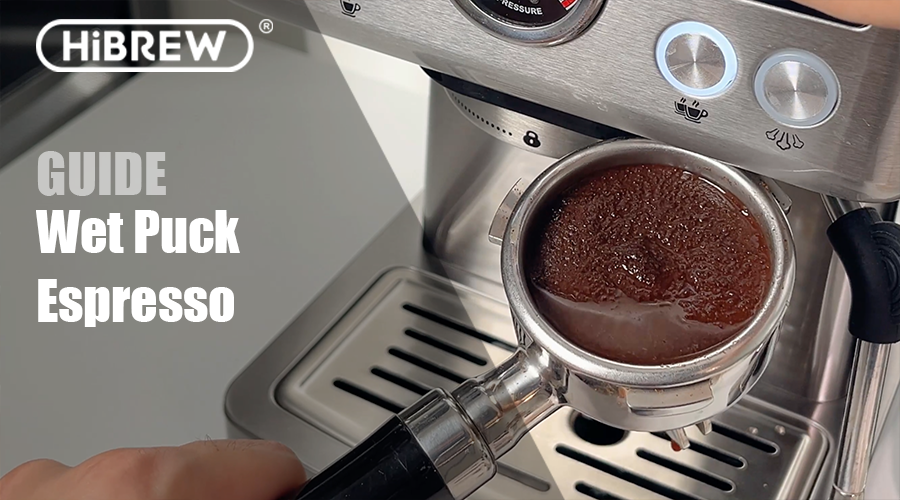
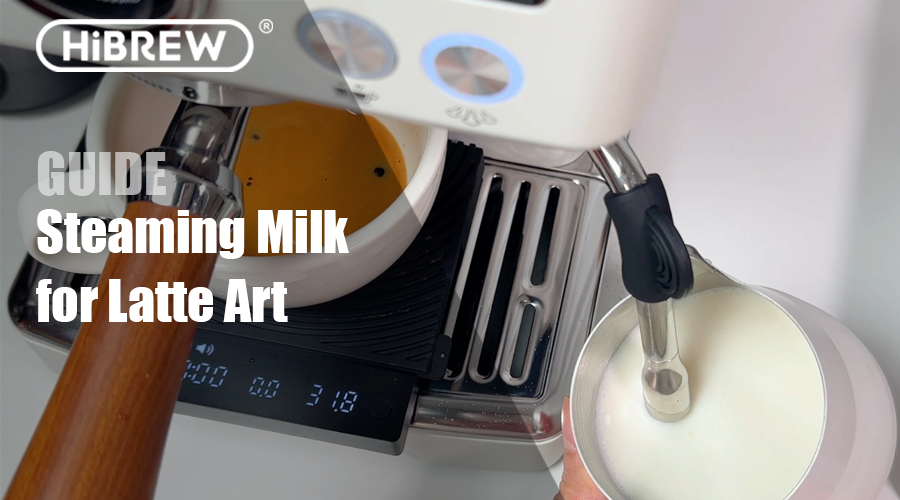
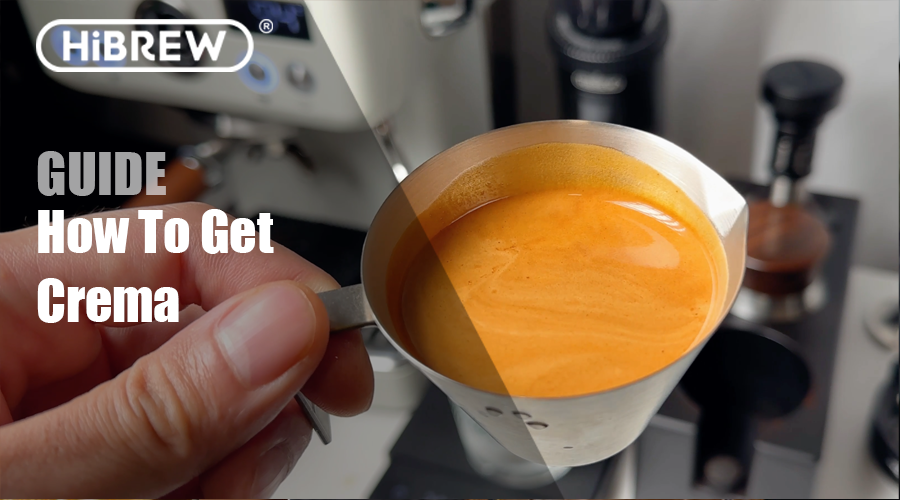
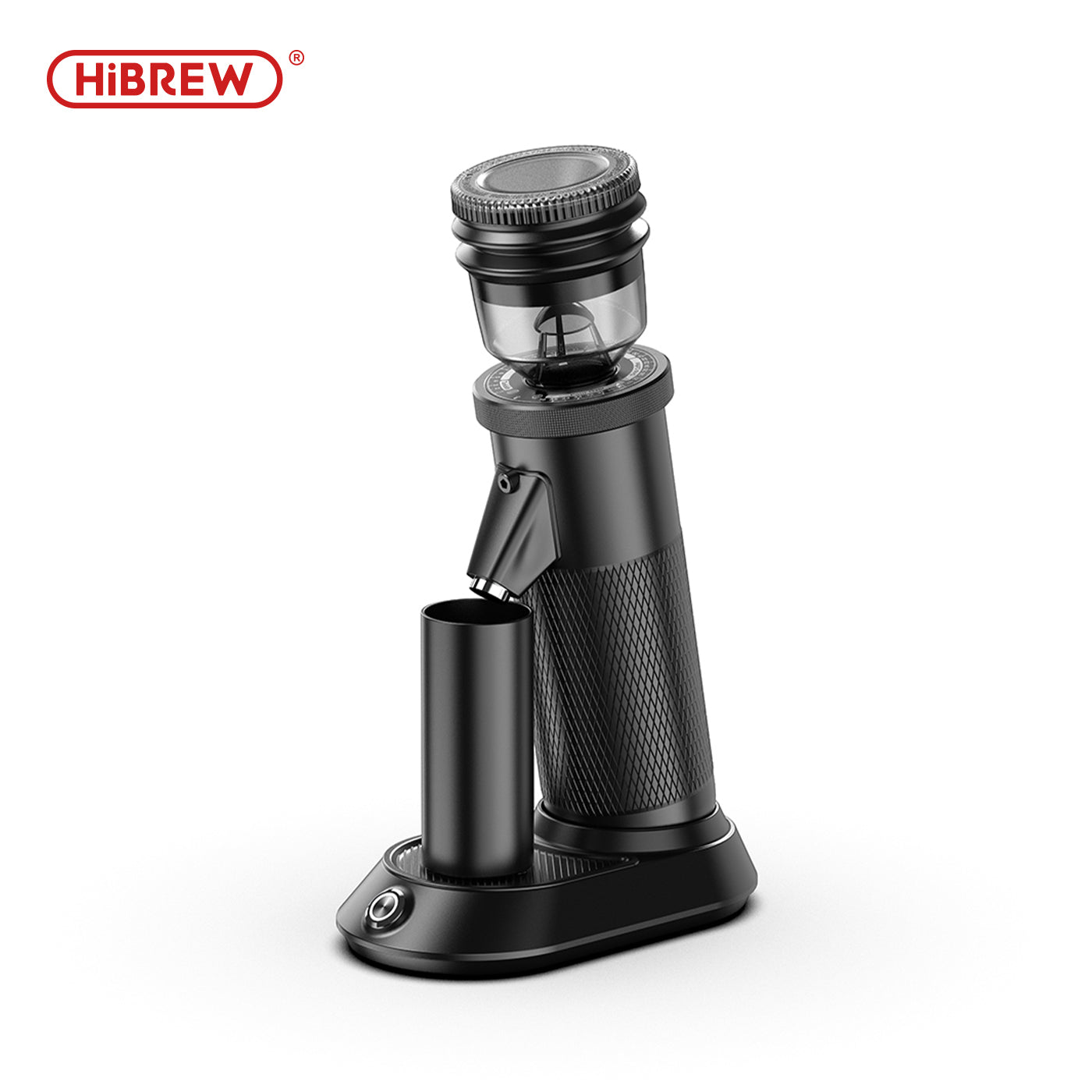
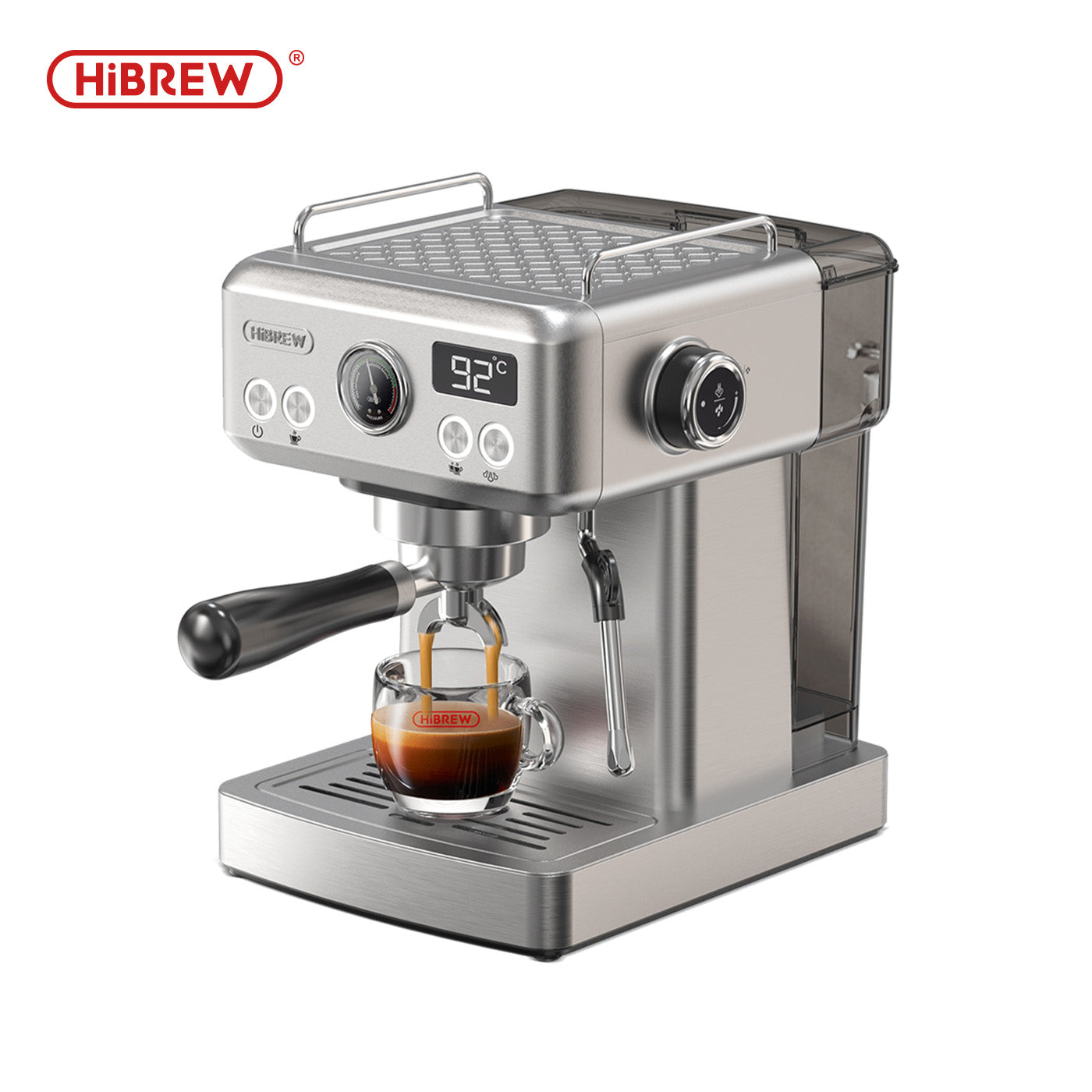
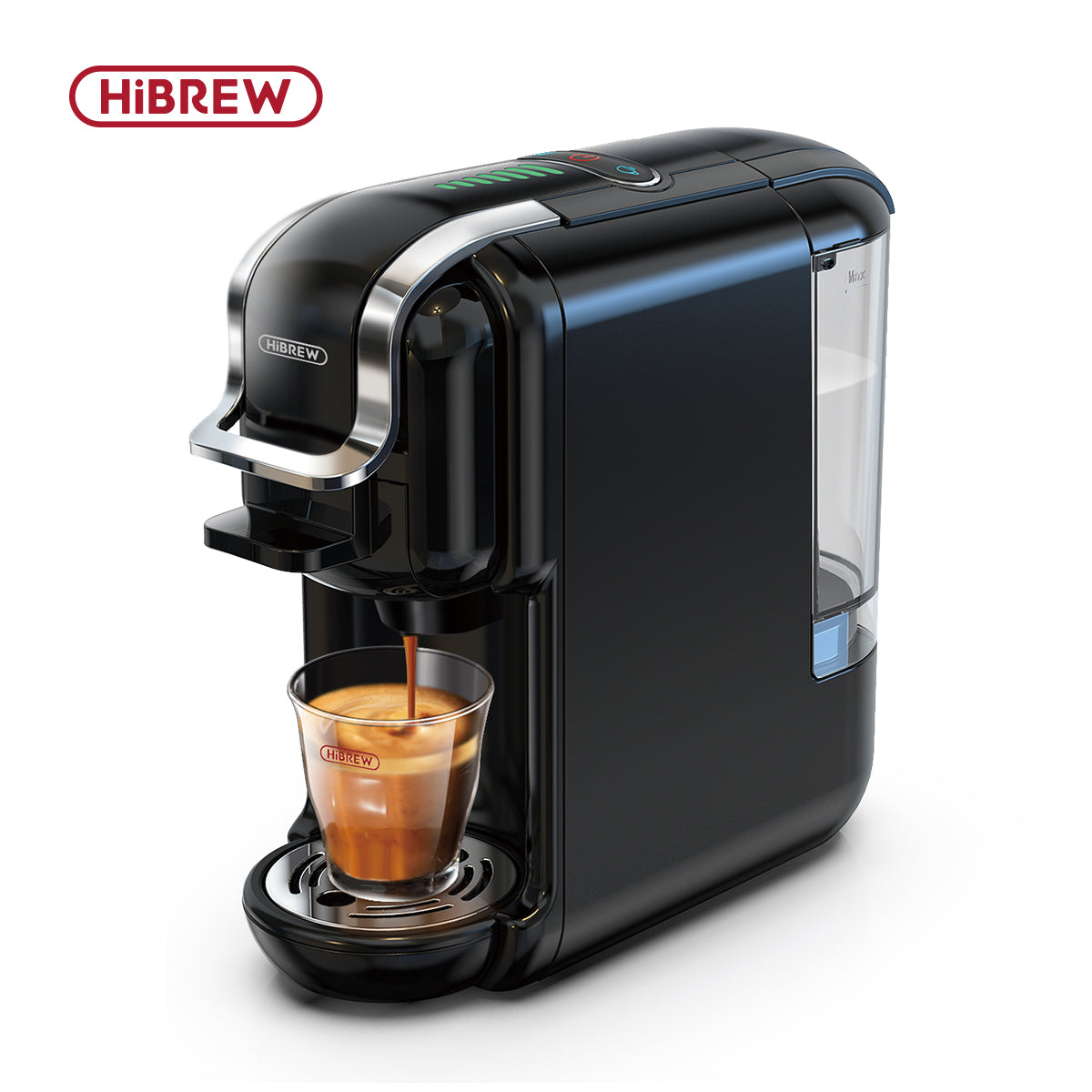
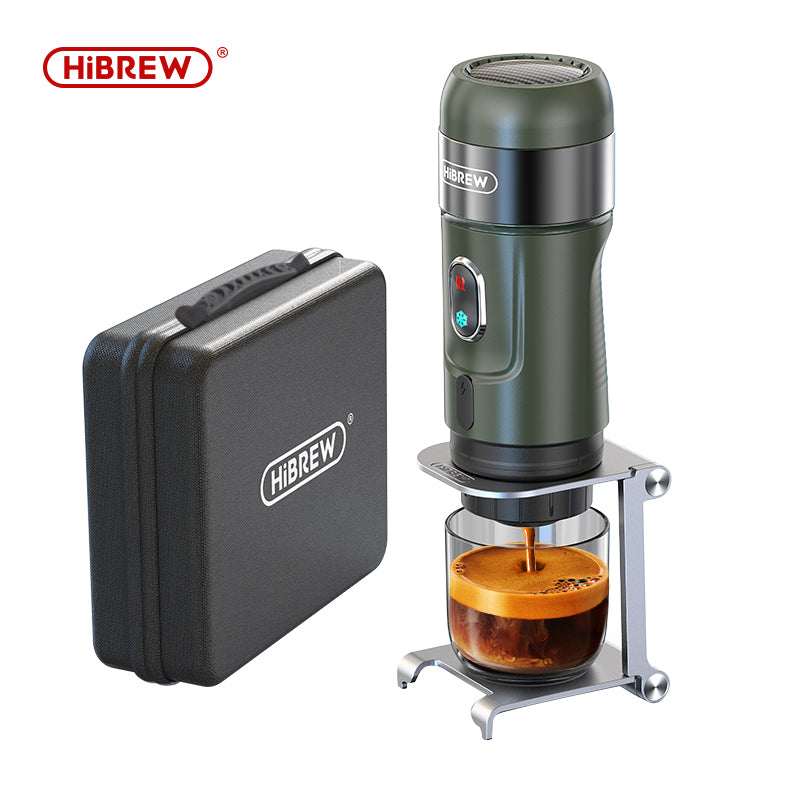
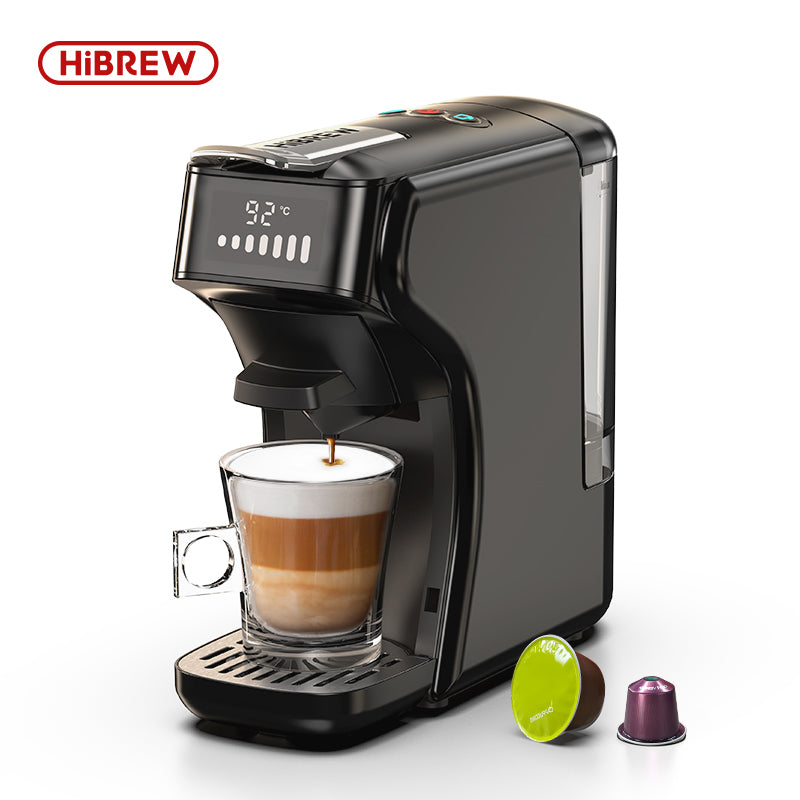
Leave a comment
All comments are moderated before being published.
This site is protected by hCaptcha and the hCaptcha Privacy Policy and Terms of Service apply.